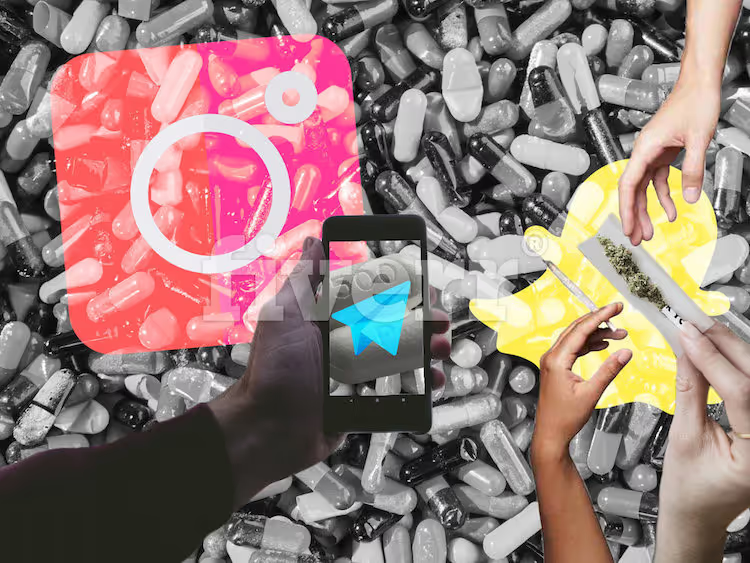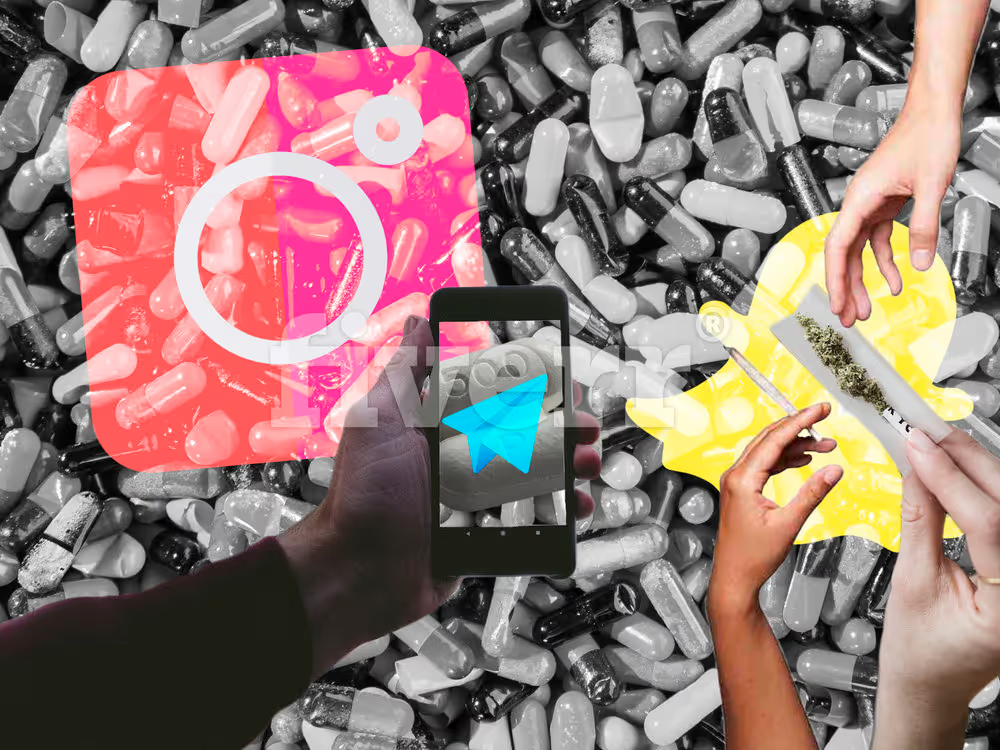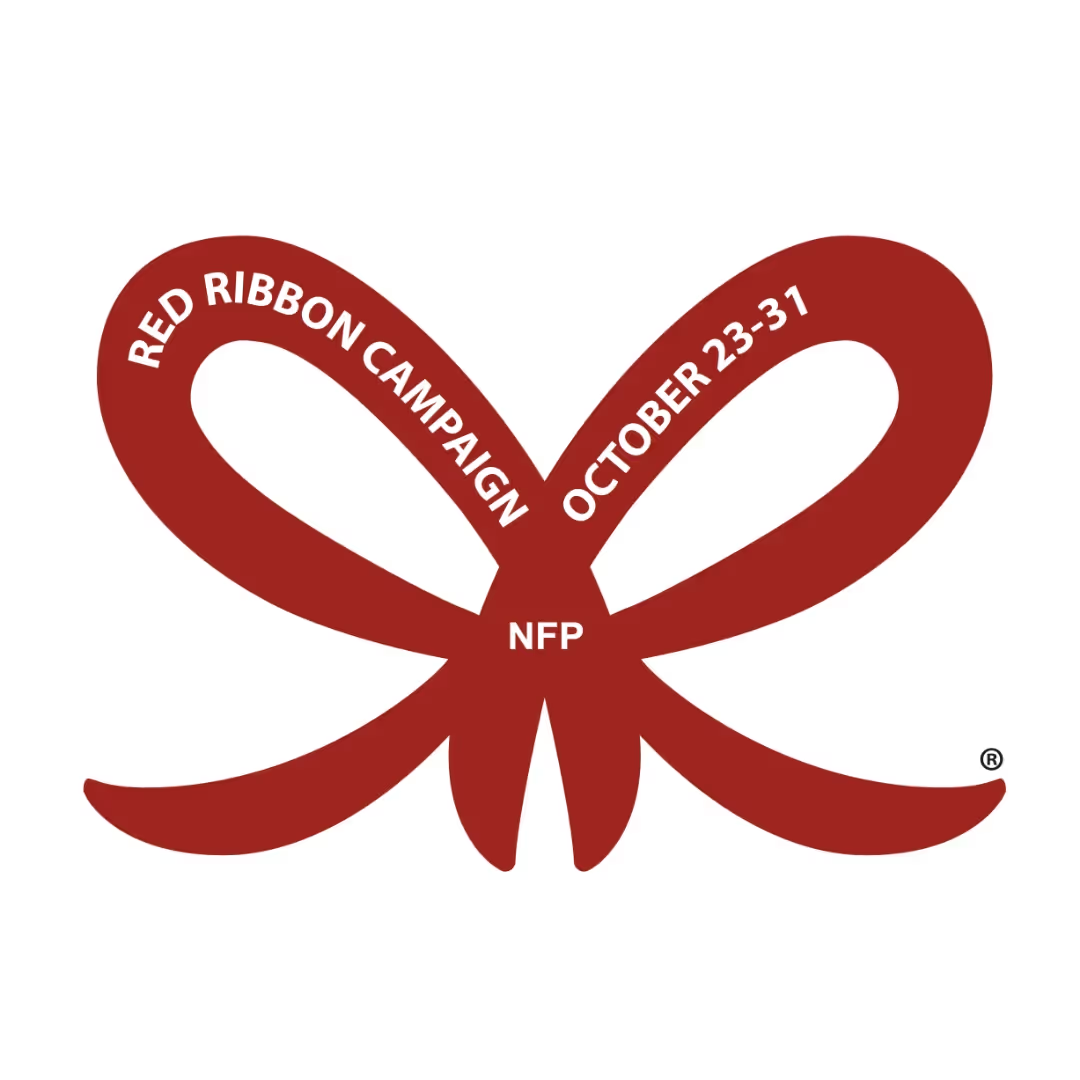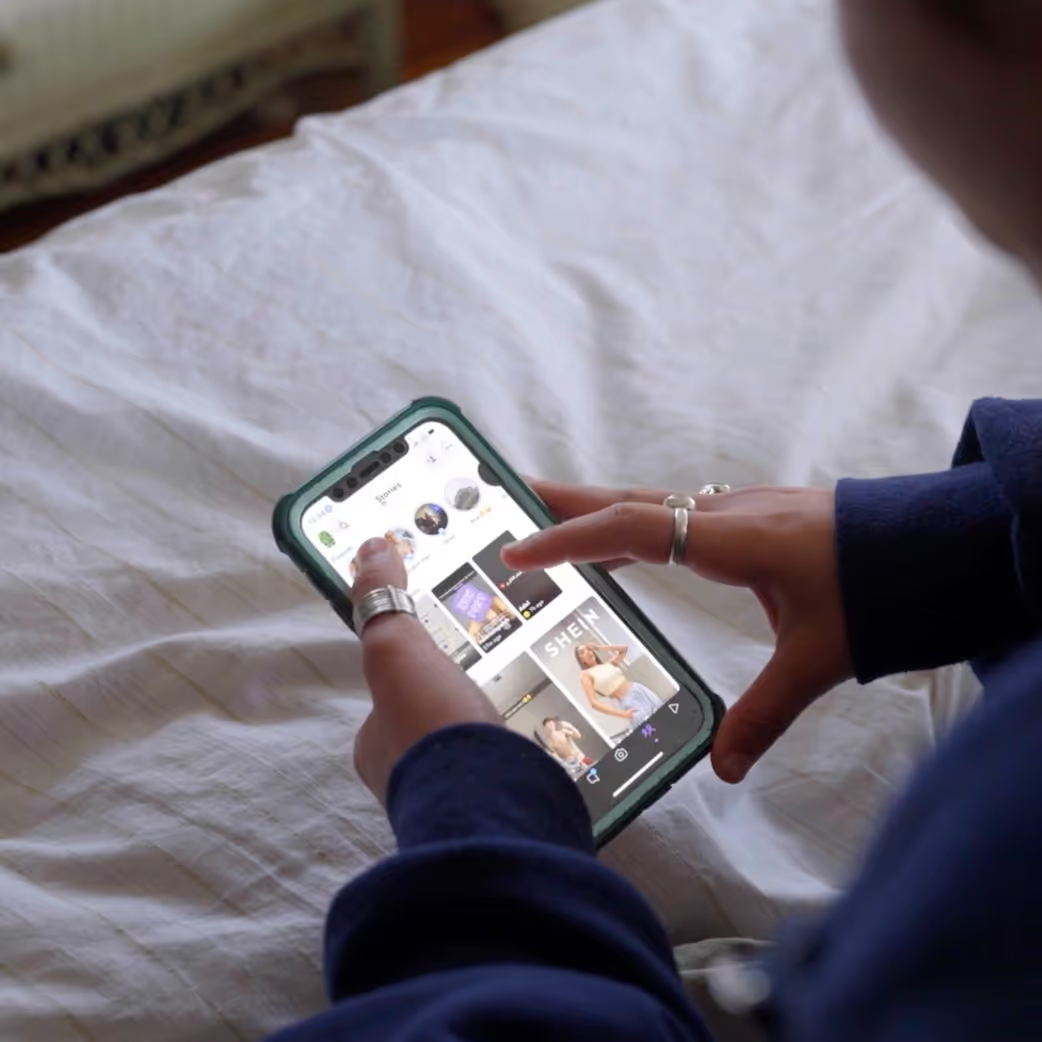



Last month in Marin County, California, police arrested a person who was selling drugs. What makes this arrest different than most other drug busts is that this person was selling drugs on Snapchat.
Yes. The same Snapchat our youth send selfies to their friends. It’s happening on Instagram too. Dealers use code words, hashtags, emojis and display actual pictures of what they have to offer.
“Drugs on social media is incredibly prevalent,” says Josie Sanguinetti, School Resource Officer for the Marin County Sheriff’s Department. “I’ve seen as young as 10 and obviously as old as 18 and many adults. And drugs do not discriminate. Every high school and some middle schools in the county have been touched by this.”
One San Rafael Police Department narcotics officer told my co-producer that he could find marijuana, Xanax, prescription painkillers and Molly (MDMA) within an hour of searching on social media.
Simple searches with hashtags like #weed4sale, #oxy or #painpills will pull up story after story (that is IG or Snapchat stories) with pictures of drugs and cash and emojis such the Christmas tree, fire, and $$ that means it’s for sale. Requests are left in the comments or you can direct message the dealer. With the right language, you can receive a response. Often dealers will request the conversation about price, quality and delivery details be had on encrypted messaging apps like Kik or What’s App. Deals are done either electronically with payment through apps like Venmo and PayPal and product is then mailed to the buyer or delivered in person and paid for in cash.
Although Instagram and Snapchat have made some efforts to ban certain hashtags and search terms, they are not able to flag all posts.
“We’re not yet sophisticated enough to tease apart every post to see if it’s trying to sell someone illegal drugs or they are taking Xanax cause they are stressed out,” Facebook’s Vice President for Global Marketing Solutions, Carolyn Everson, told the Washington Post in September of last year. “Obviously, there is some stuff that gets through that is totally against our policy, and we’re getting better at it.”
After the Washington Post article was published, Facebook (who owns Instagram) released a blog post with steps they are taking to combat the sale of drugs on their platforms.
“We’ve made progress in the fight against illicit drug sales on our platforms, but we have more to do. We’re committed to making sure we do everything we can to prevent this kind of abuse,” Monika Bickert, the company’s Vice President of Global Policy Management, said in the post.
For this Tech Talk Tuesday start a conversation with your family about drugs available on social media and what to do. Here are some questions to get you started:
We would love for you to share this TTT any way that works for you, whether that’s on social media or via a newsletter. If you want to send it out in your newsletter we just ask that you credit us and link to our website, and let us know at lisa@screenagersmovie.com.
HOST A SCREENING to help spark change.
FIND EVENT LISTINGS
Do you organize professional development in schools? We now have a 6-hour, 3-part training module. Request more information here Professional Development.
Stay in touch with the Screenagers community on Facebook, Twitter and leave comments below.
Here are 3 TTTs you might also be interested in:
Begging For Texts
Colleges Are Watching, What are your Teens Posting?
How Do Likes Affect Your Youth’s Brains?
As well as our weekly blog, we publish videos like this one every week on the Screenagers YouTube channel
Learn more about showing our movies in your school or community!
Join Screenagers filmmaker Delaney Ruston MD for our latest Podcast

Learn more about our Screen-Free Sleep campaign at the website!
Our movie made for parents and educators of younger kids
Learn more about showing our movies in your school or community!
Learn more about showing our movies in your school or community!
Join Screenagers filmmaker Delaney Ruston MD for our latest Podcast

Learn more about our Screen-Free Sleep campaign at the website!
Our movie made for parents and educators of younger kids
Join Screenagers filmmaker Delaney Ruston MD for our latest Podcast
As we’re about to celebrate 10 years of Screenagers, we want to hear what’s been most helpful and what you’d like to see next.
Please click here to share your thoughts with us in our community survey. It only takes 5–10 minutes, and everyone who completes it will be entered to win one of five $50 Amazon vouchers.

Last month in Marin County, California, police arrested a person who was selling drugs. What makes this arrest different than most other drug busts is that this person was selling drugs on Snapchat.
Yes. The same Snapchat our youth send selfies to their friends. It’s happening on Instagram too. Dealers use code words, hashtags, emojis and display actual pictures of what they have to offer.
“Drugs on social media is incredibly prevalent,” says Josie Sanguinetti, School Resource Officer for the Marin County Sheriff’s Department. “I’ve seen as young as 10 and obviously as old as 18 and many adults. And drugs do not discriminate. Every high school and some middle schools in the county have been touched by this.”
One San Rafael Police Department narcotics officer told my co-producer that he could find marijuana, Xanax, prescription painkillers and Molly (MDMA) within an hour of searching on social media.
Simple searches with hashtags like #weed4sale, #oxy or #painpills will pull up story after story (that is IG or Snapchat stories) with pictures of drugs and cash and emojis such the Christmas tree, fire, and $$ that means it’s for sale. Requests are left in the comments or you can direct message the dealer. With the right language, you can receive a response. Often dealers will request the conversation about price, quality and delivery details be had on encrypted messaging apps like Kik or What’s App. Deals are done either electronically with payment through apps like Venmo and PayPal and product is then mailed to the buyer or delivered in person and paid for in cash.
Although Instagram and Snapchat have made some efforts to ban certain hashtags and search terms, they are not able to flag all posts.
“We’re not yet sophisticated enough to tease apart every post to see if it’s trying to sell someone illegal drugs or they are taking Xanax cause they are stressed out,” Facebook’s Vice President for Global Marketing Solutions, Carolyn Everson, told the Washington Post in September of last year. “Obviously, there is some stuff that gets through that is totally against our policy, and we’re getting better at it.”
After the Washington Post article was published, Facebook (who owns Instagram) released a blog post with steps they are taking to combat the sale of drugs on their platforms.
“We’ve made progress in the fight against illicit drug sales on our platforms, but we have more to do. We’re committed to making sure we do everything we can to prevent this kind of abuse,” Monika Bickert, the company’s Vice President of Global Policy Management, said in the post.
For this Tech Talk Tuesday start a conversation with your family about drugs available on social media and what to do. Here are some questions to get you started:
We would love for you to share this TTT any way that works for you, whether that’s on social media or via a newsletter. If you want to send it out in your newsletter we just ask that you credit us and link to our website, and let us know at lisa@screenagersmovie.com.
HOST A SCREENING to help spark change.
FIND EVENT LISTINGS
Do you organize professional development in schools? We now have a 6-hour, 3-part training module. Request more information here Professional Development.
Stay in touch with the Screenagers community on Facebook, Twitter and leave comments below.
Here are 3 TTTs you might also be interested in:
Begging For Texts
Colleges Are Watching, What are your Teens Posting?
How Do Likes Affect Your Youth’s Brains?
As well as our weekly blog, we publish videos like this one every week on the Screenagers YouTube channel
Sign up here to receive the weekly Tech Talk Tuesdays newsletter from Screenagers filmmaker Delaney Ruston MD.
We respect your privacy.

Last month in Marin County, California, police arrested a person who was selling drugs. What makes this arrest different than most other drug busts is that this person was selling drugs on Snapchat.
Yes. The same Snapchat our youth send selfies to their friends. It’s happening on Instagram too. Dealers use code words, hashtags, emojis and display actual pictures of what they have to offer.
“Drugs on social media is incredibly prevalent,” says Josie Sanguinetti, School Resource Officer for the Marin County Sheriff’s Department. “I’ve seen as young as 10 and obviously as old as 18 and many adults. And drugs do not discriminate. Every high school and some middle schools in the county have been touched by this.”
One San Rafael Police Department narcotics officer told my co-producer that he could find marijuana, Xanax, prescription painkillers and Molly (MDMA) within an hour of searching on social media.
Simple searches with hashtags like #weed4sale, #oxy or #painpills will pull up story after story (that is IG or Snapchat stories) with pictures of drugs and cash and emojis such the Christmas tree, fire, and $$ that means it’s for sale. Requests are left in the comments or you can direct message the dealer. With the right language, you can receive a response. Often dealers will request the conversation about price, quality and delivery details be had on encrypted messaging apps like Kik or What’s App. Deals are done either electronically with payment through apps like Venmo and PayPal and product is then mailed to the buyer or delivered in person and paid for in cash.
Although Instagram and Snapchat have made some efforts to ban certain hashtags and search terms, they are not able to flag all posts.
“We’re not yet sophisticated enough to tease apart every post to see if it’s trying to sell someone illegal drugs or they are taking Xanax cause they are stressed out,” Facebook’s Vice President for Global Marketing Solutions, Carolyn Everson, told the Washington Post in September of last year. “Obviously, there is some stuff that gets through that is totally against our policy, and we’re getting better at it.”
After the Washington Post article was published, Facebook (who owns Instagram) released a blog post with steps they are taking to combat the sale of drugs on their platforms.
“We’ve made progress in the fight against illicit drug sales on our platforms, but we have more to do. We’re committed to making sure we do everything we can to prevent this kind of abuse,” Monika Bickert, the company’s Vice President of Global Policy Management, said in the post.
For this Tech Talk Tuesday start a conversation with your family about drugs available on social media and what to do. Here are some questions to get you started:
We would love for you to share this TTT any way that works for you, whether that’s on social media or via a newsletter. If you want to send it out in your newsletter we just ask that you credit us and link to our website, and let us know at lisa@screenagersmovie.com.
HOST A SCREENING to help spark change.
FIND EVENT LISTINGS
Do you organize professional development in schools? We now have a 6-hour, 3-part training module. Request more information here Professional Development.
Stay in touch with the Screenagers community on Facebook, Twitter and leave comments below.
Here are 3 TTTs you might also be interested in:
Begging For Texts
Colleges Are Watching, What are your Teens Posting?
How Do Likes Affect Your Youth’s Brains?
As well as our weekly blog, we publish videos like this one every week on the Screenagers YouTube channel

This week is Red Ribbon Week, the nation’s longest-running youth drug-prevention program — and I can’t think of a more important time to talk about a new, dangerous substance spreading fast among teens called 7-OH that's derived from the kratom plant.
READ MORE >
Research shows that adolescent substance initiation — teens trying smoking or drinking for the first time — spikes during the summer. More downtime often means more screen time, which brings increased exposure to what’s trending. One trend that’s hard to ignore? A surge in cigarette imagery across films, music videos, and pop culture moments. Even Beyoncé lit up onstage recently. So why is smoking getting a media makeover — and how can we talk to teens meaningfully about it?
READ MORE >
Today I’m sharing a high-level review of what many kids and teens are being shown online in relation to drugs/substances, whether in shows, YouTube, or social media in general. I also offer a technique that you can use for bringing these things up with tweens in your life in a non-confrontational way that is more likely to get them to offer up their opinions on the subject.
READ MORE >for more like this, DR. DELANEY RUSTON'S NEW BOOK, PARENTING IN THE SCREEN AGE, IS THE DEFINITIVE GUIDE FOR TODAY’S PARENTS. WITH INSIGHTS ON SCREEN TIME FROM RESEARCHERS, INPUT FROM KIDS & TEENS, THIS BOOK IS PACKED WITH SOLUTIONS FOR HOW TO START AND SUSTAIN PRODUCTIVE FAMILY TALKS ABOUT TECHNOLOGY AND IT’S IMPACT ON OUR MENTAL WELLBEING.
